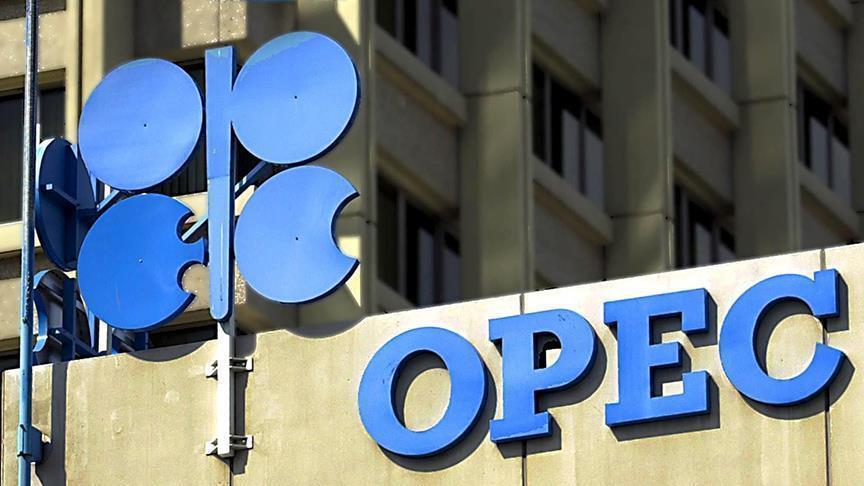The Organization of the Petroleum Exporting Countries (OPEC) on Thursday slightly revised down its global oil demand estimates for 2022 to average 100.03 million bpd, according to OPEC's latest monthly oil market report.
Although the forecast marks a year-on-year rise of 3.1 million bpd, this remains 300,000 bpd behind the levels of last month's forecast.
Pointing to strong economic growth in most consuming countries, the OPEC revised up its oil demand forecast for the first quarter of 2022.
However, according to the agency's newly-released 2023 forecast, world oil demand is estimated to reach 102.7 million bpd in 2023, surpassing pre-pandemic levels.
'In 2023, expectations for healthy global economic growth, combined with expected improvements in the containment of COVID-19 in China, are expected to boost consumption of oil,' the report said.
The organization said oil demand in the OECD is estimated to increase by 1.6 million barrels per day, while non-OECD is seen growing by 1.5 million barrels per day.
- Global supply increases in July
Global oil supply in June increased by around 1.7 million barrels per day compared to the previous month to average 100.5 million bpd.
OPEC crude oil production averaged 28.8 million bpd in July, for an increase of about 162,000 bpd month on month. Crude oil output increased mainly in Saudi Arabia, Kuwait and the UAE, while production in Venezuela, Libya and Angola declined.
The share of OPEC crude oil in total global production decreased by 300,000 bpd to 28.7% in July compared with the previous month.
'Upward revisions to Russia’s oil production were offset by downward revisions to the US, Norway and Kazakhstan,' the OPEC said, warning that significant uncertainty regarding Russia’s liquids production in the forecast period remains.
During this period, OPEC natural gas liquids were recorded as 5.4 million bpd, while non-OPEC production saw a jump of around 1.5 million bpd to 71.7 million bpd in July.
According to the OPEC, global oil market fundamentals continued their strong recovery to pre-COVID-19 levels for most of the first half of 2022, despite signs of slowing growth in the world economy and solid rise of global oil demand.
'However, ongoing low overall investment in the upstream and capital discipline are limiting non-OPEC oil supply growth potential,' the report said.


